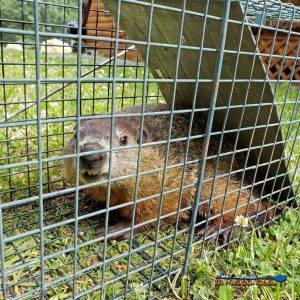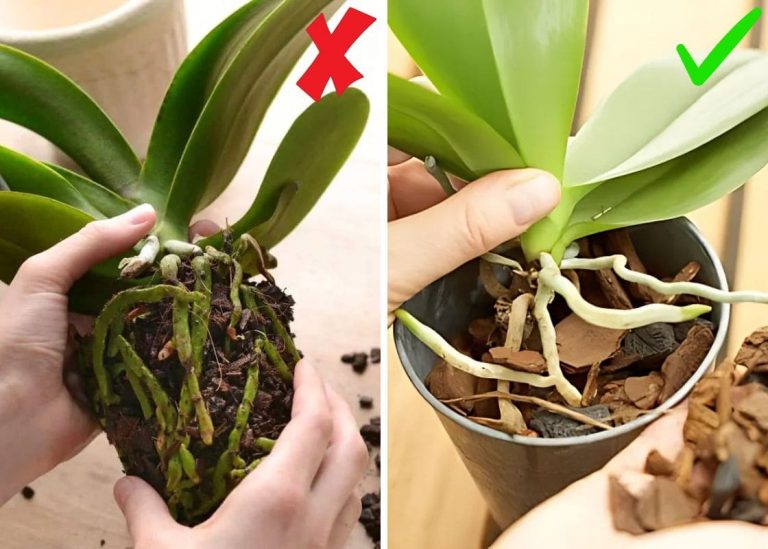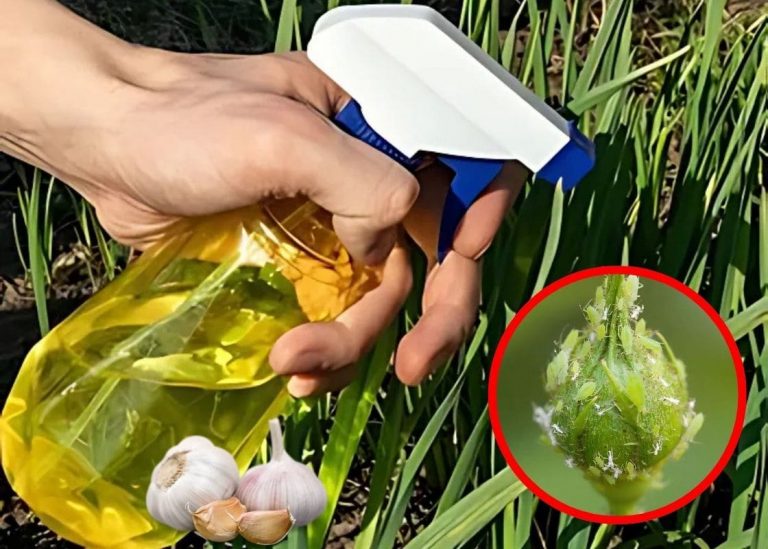How to Get Rid of Groundhogs to Reclaim Your Yard Safely
I walked outside one warm morning, expecting to be greeted by rows of blooming zinnias and baby lettuce leaves curling toward the sun. Instead, I found a strange mound of freshly dug earth beside the fence, and—worse—my young bean sprouts were gone, as if someone had stolen them in the night. My first thought was deer. But there were no hoofprints. No chewed stems. Just a neat, clean disappearance.
By the next week, a tunnel-like hole appeared near the compost heap, and the marigolds, usually untouched, looked like someone had taken tiny bites out of them. That’s when I saw the culprit: a fat, fuzzy groundhog waddling back into the burrow like he owned the place. Cute? Maybe. But my garden was starting to look like a salad bar for one.
This wasn’t the first time I’d had a run-in with wildlife, but groundhogs? They’re a whole different kind of clever. Over the seasons, I’ve swapped stories with neighbors, experimented with every trick I could find, and learned—sometimes the hard way—what really works.
So here it is: a heart-to-heart guide for fellow garden lovers who’ve found themselves in a quiet standoff with a groundhog. Let’s talk about how to reclaim your garden kindly and safely.
Understanding Groundhogs and Their Habits
Before we jump into action, it helps to understand who we’re dealing with.

Groundhogs, also called woodchucks, are burrow-building vegetarians with a serious appetite for leafy greens. They’re early risers and late grazers, feasting on everything from clover and cucumbers to tulips and tree bark. Their underground homes can run 30 feet long and have multiple exits—like secret tunnels straight out of a spy novel.
You’ll know you’ve got a groundhog if you spot:
-
Dirt mounds near fences or sheds
-
Fresh holes 10–12 inches wide
-
Plants mysteriously “disappearing” overnight
-
Bite marks on vegetables, especially melons and beans
And here’s the kicker: in late summer, they eat double to prep for hibernation. That’s when damage tends to get out of hand fast.
Natural Repellents to Deter Groundhogs
In our community garden last year, we ran a little experiment. A few of us tested out different scent repellents. Guess what? Smell can be a strong signal to a groundhog that your yard isn’t safe.
Here are the top choices we swear by:
-
Castor oil: Mix with water and spray near burrow entrances. It’s pungent and long-lasting.
-
Garlic and cayenne: Blend and sprinkle around the garden perimeter.
-
Soaked rags in ammonia: Stuff them in the entrance of an empty burrow (careful if you have pets—ammonia is strong and irritating).
A friend of mine tried used coffee grounds too—didn’t drive the groundhog away completely, but it slowed his visits. Think of these as gentle nudges, not full-on evictions.

How to Properly Close a Burrow (So They Don’t Come Back Tomorrow)
I used to just kick in the holes and toss in some dirt. Don’t do that. Within days, the groundhog would dig right back through, like I’d just brushed a welcome mat off his front door.
Here’s what actually works:
- Wait until you’re sure they’re out (usually midday).
- Fill the hole with gravel or stones—not just dirt.
- Cover with soil and pack it down.
- For extra security, lay chicken wire flat over the entrance before you cover it. That stops them from pushing up through it later.
Do this for every hole you find. Groundhogs are smart, but consistent effort sends the message they’re not welcome.

Smart Fencing That Actually Keeps Them Out
I once built a short picket fence that looked adorable—but to a groundhog, it was like a stepping stone. They either dug right under or scrambled over like little furry ninjas.
What finally worked was this:
-
Fence at least 3 feet tall
-
Bury at least 1 foot underground
-
Bend the top outwards at a 45° angle so they can’t climb over
-
Optional but effective: A low electric wire 4–5 inches off the ground
I helped my neighbor build this setup last summer, and she hasn’t seen a single groundhog since. And her tomatoes? Absolutely thriving.

Deterrents with a Bit of Surprise
Motion-activated sprinklers have become one of my favorite tools. It’s like playing harmless pranks on garden intruders. One sudden burst of water and they scamper off looking thoroughly offended.
Other garden folks I know use:
-
Ultrasonic repellents: High-pitched and annoying to rodents.
-
Pinwheels or shiny objects: Disrupt their sense of safety with unexpected movement or light.
These work best when paired with other methods, like fencing or scent deterrents.
Team Up With Nature
A fellow gardener, Ms. Carla, has two rescued dogs who spend their afternoons lounging in the backyard. Ever since they moved in, her groundhog problem disappeared.
Even if you don’t have pets, you can still fake the presence of predators:
-
Sprinkle used cat litter near burrow entrances.
-
Tuck tufts of dog fur into the soil.
-
Play predator sounds (some folks use recordings of hawks).
Nature has its own balance. Sometimes, you just need to tip the scales a little.
Trapping and Relocating
When all else fails, humane trapping can help. I’ve used live traps baited with:
-
Fresh cantaloupe
-
Sweet corn
-
Leafy greens like lettuce or kale
It’s important to check the trap every few hours. Once caught, relocate them at least 5 miles away. Be sure to wear gloves and keep interactions minimal.
One important note: always check your local wildlife laws before trapping or relocating. In some places, it’s not allowed without a permit.

Preventing Future Infestations
Here’s what worked for me and many other gardeners:
-
Keep your lawn tidy: No brush piles, tall grass, or wood stacks.
-
Seal sheds and under-porch areas—prime burrow spots!
-
Fence off vegetable beds or raise them up.
-
Secure compost bins to keep out curious noses.
Once your garden stops being cozy and inviting to groundhogs, they’ll look elsewhere.
A Garden Reclaimed, One Step at a Time
It took a few weeks, some sweaty afternoons, and a bit of trial and error—but I finally got my garden back. No more stolen beans, no more surprise tunnels, just peace and plants again.
If you’re dealing with groundhogs right now, I want to tell you: it’s fixable. You’re not alone, and your garden is worth fighting for—gently, patiently, and with love.
And when in doubt? Don’t be afraid to call in a pro. Wildlife experts have tools and experience that make a big difference when nothing else works.
Have You Had a Groundhog Showdown?
I’d love to hear your stories—what’s worked, what hasn’t, and what little victories made you smile. Drop a comment or send me a message. Let’s learn from each other and keep our gardens thriving, one shared tip at a time.
Until then, keep your hands in the dirt and your heart in the garden.From one nature sprout to another.







